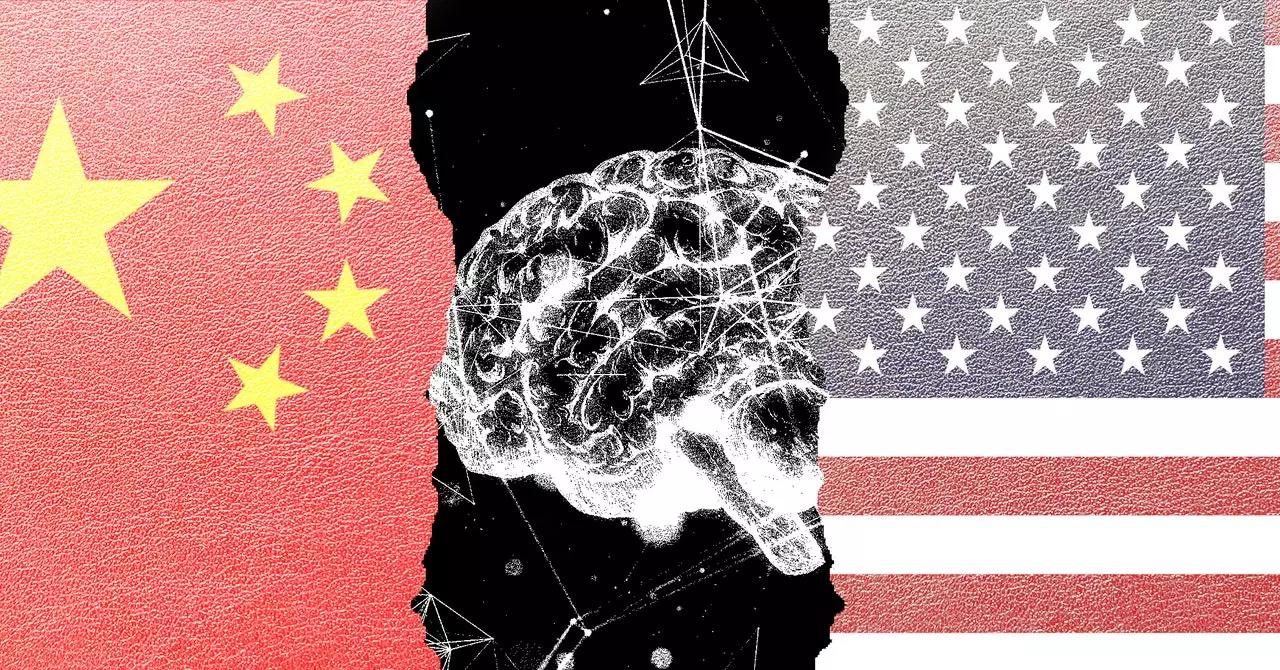In recent years, the relationship between the United States and China has become increasingly strained, particularly regarding technology and innovation. The latest move by the US Treasury Department signals a notable shift in governance concerning investments in Chinese AI startups. As US investors dive into these ventures, they are now faced with an elevated level of scrutiny and the burden of conducting extensive due diligence. This shift is not merely a procedural adjustment; it reflects the broader geopolitical context and the evolving landscape of tech investments.
The Treasury Department’s initiative does not involve the establishment of a dedicated committee, like the Committee on Foreign Investment in the United States (CFIUS), to review every transaction. Instead, it places the onus of investigation on investors themselves. Now, US investors interested in Chinese AI firms, regardless of whether a company’s AI model falls below the threshold of 1025 flops, are responsible for determining if their investments are compliant. Crucially, any model reaching at least 1023 flops could prompt additional notification to the Treasury Department, emphasizing an expansive definition that encompasses a wide array of emerging technologies.
The real-world implications of these regulations pose considerable challenges for venture capitalists (VCs) looking to maintain their international portfolios. Robert A. Friedman, an international trade lawyer, aptly notes that confirming a transaction is outside the new regulations will demand considerable due diligence from investors. For many venture capitalists, particularly those adept at operating in a more fluid investment environment, these requirements represent a substantial roadblock.
The anticipated restrictions set to take effect on January 2 hint at an evolving governance framework. Moreover, the Treasury Department suggests that additional modifications to the rules may be forthcoming, which only adds to the uncertainty surrounding the investments. This unpredictability could deter potential collaborations between US investors and Chinese AI firms even further, as the government aims to regulate the financial flows towards sectors deemed sensitive or critical.
A noteworthy aspect of the Treasury’s strategy is a concerted effort to align with US allies, particularly G7 nations, to implement similar restrictions. This collaboration aims to limit the ability of Chinese AI companies to seek alternative funding sources outside the US, effectively tightening a global blockade on financial support for technologies perceived as strategically hazardous. Such a coordinated strategy illustrates a significant escalation in the competition for technological supremacy between the US and China.
However, a potential complication arises from the current political climate in the US. Speculation about the impact of a potential second Trump presidency looms over these regulatory developments. Many venture capitalists who supported Trump find themselves at odds with the current administration’s approach and may lobby for the roll-back of such restrictions. Given that major American corporations with substantial Chinese investments grapple with tighter regulations, this internal conflict could significantly shape the trajectory of US policy towards China.
The current US approach to tech regulation can be encapsulated by the idea of a “small yard, high fence,” focusing on targeted areas where strict regulations can be imposed. However, the prospect of a shift in power dynamics within the US government, particularly under a future Republican administration, could lead to an expansion of these regulations. Experts predict that more comprehensive measures targeting a broader array of Chinese startups might emerge, affecting sectors from biotechnology to energy technology.
The delicate balance between supporting domestic innovation and curbing potential threats from foreign entities remains a complex challenge for policymakers. As the landscape of international investment continues to evolve, the implications for both US investors and Chinese companies will be profound, resulting in a transformative period characterized by increased due diligence, strategic partnerships, and possibly new forms of economic isolation for China.
US investors in Chinese AI startups now stand at a crossroads, navigating a regulatory maze that reflects larger global tensions and economic strategies. As the rules come into full effect, the landscape of tech investment between the two nations will demand agility, adaptability, and an acute awareness of the shifting geopolitical realities.


Leave a Reply
You must be logged in to post a comment.